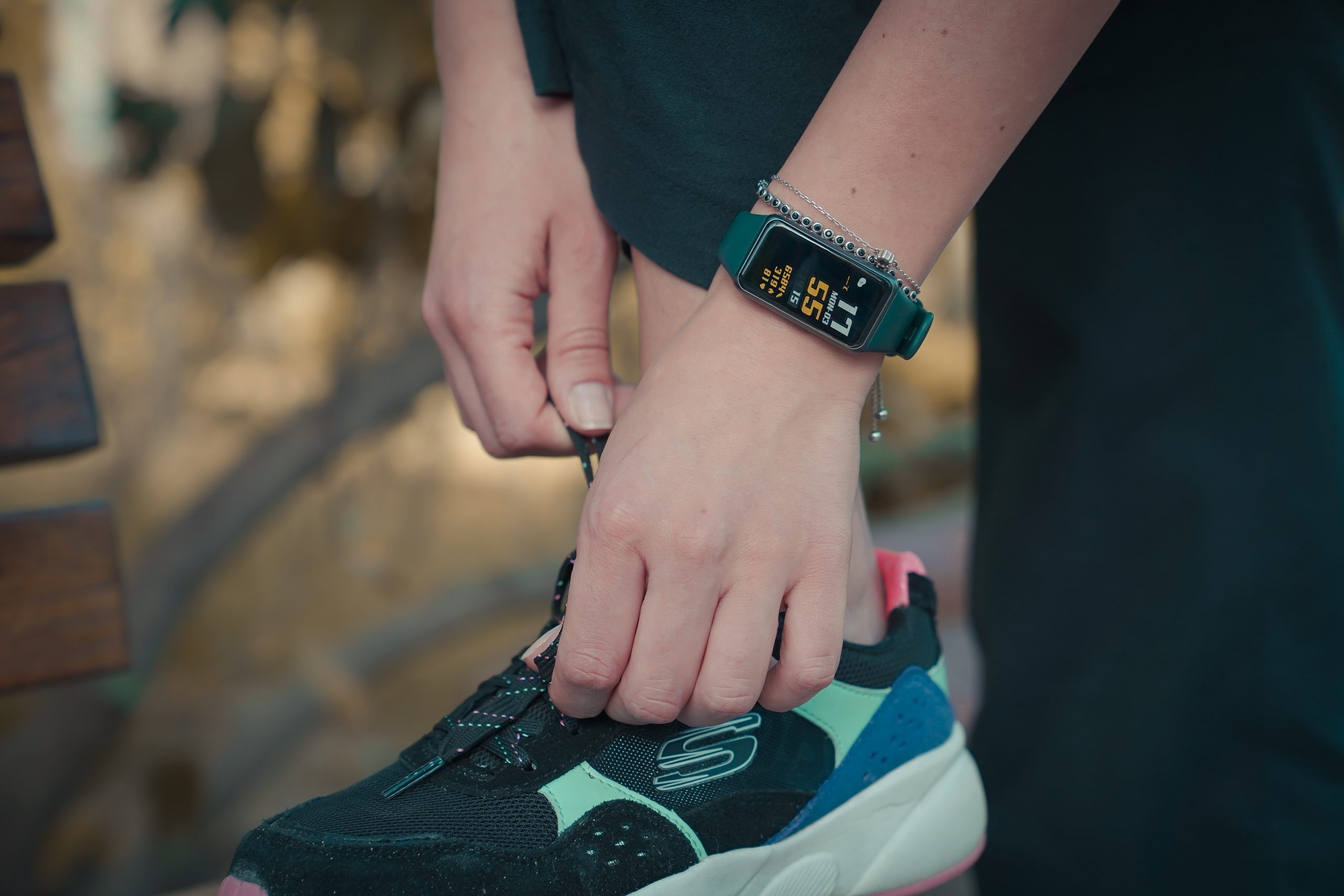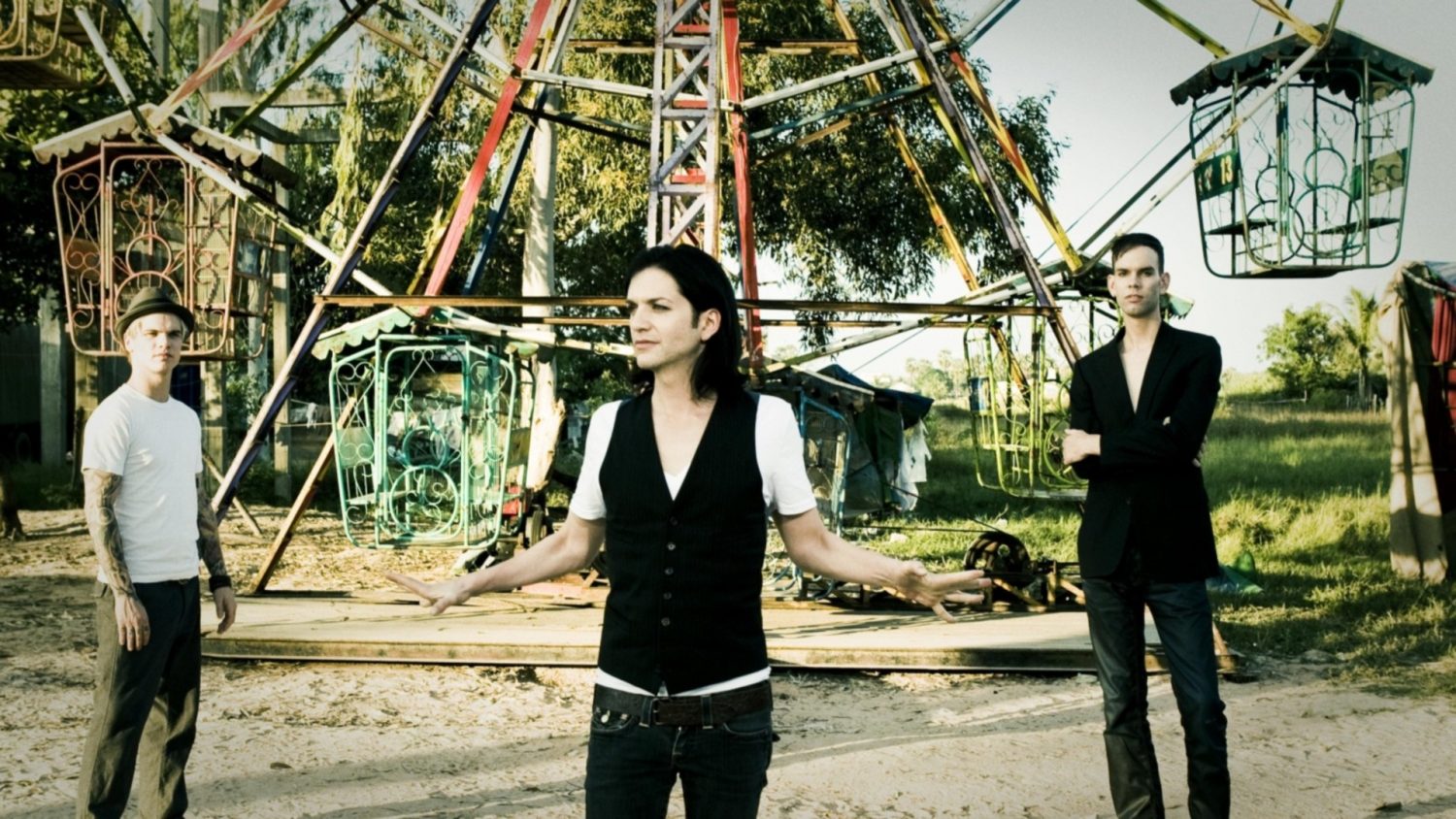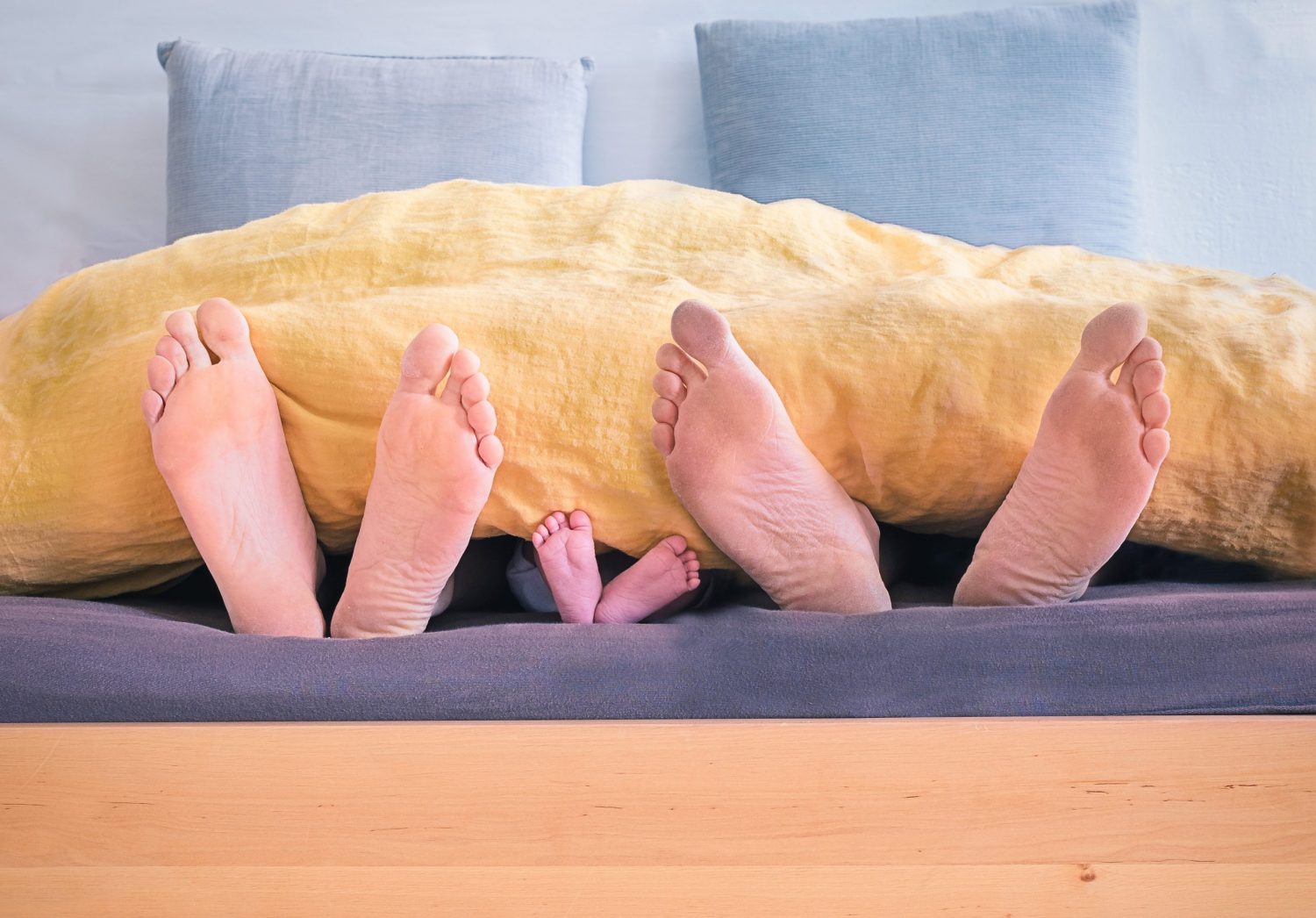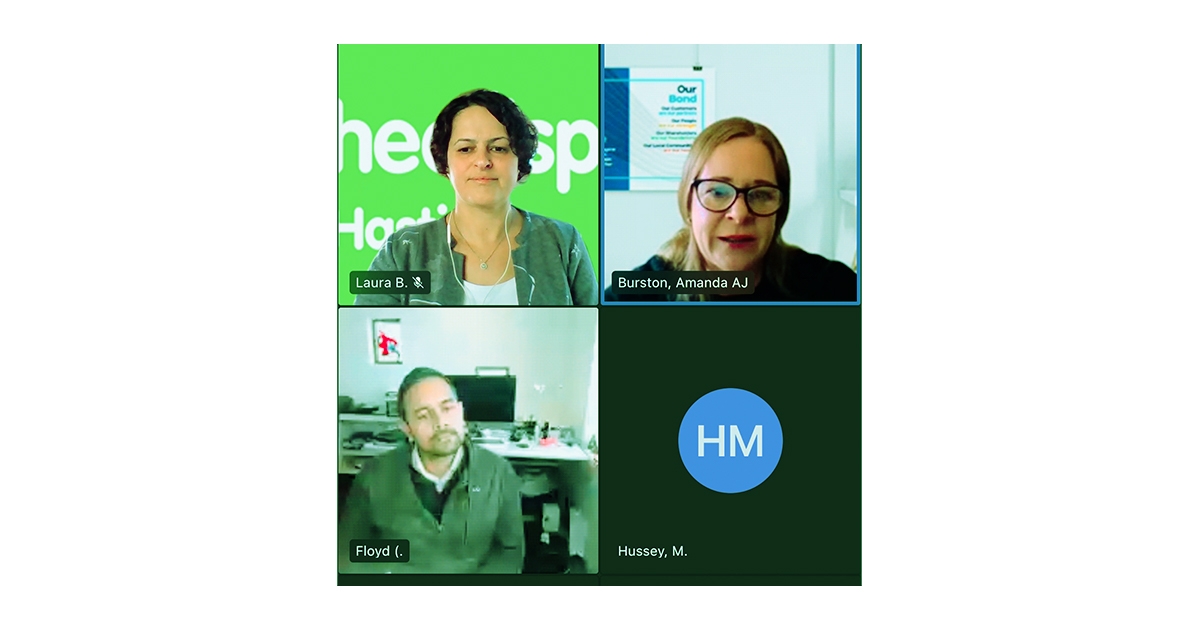Brett: Welcome, everybody to the street clinics podcast. My name is Brett. And today in the Dratticus Labs studio, we have Wendy, who is the new physiotherapist working for Atticus Health. Hi, Wendy.
Wendy: Hi. Thanks for having me.
Brett: Thank you for joining us on this Monday morning.
Wendy: Yeah, thanks for inviting me here. It’s really cool.
Brett: I really appreciate it. And for the listeners, do you want to give the listeners a bit of introduction to who you are?
Wendy: Yeah, of course. So my name is Wendy. I’ve been practicing for a couple of years now. I graduated from Monash University in 2019, with a Bachelor of physiotherapy, with honors. And then after graduating, I decided I wanted to travel Europe for a bit. And so my plan was to work in an aged care as a locum for a couple months and then head off to Europe. And unfortunately, COVID happened so I wasn’t able to go. But I knew I wanted to work in like a private practice clinic. And so I found a clinic out in the western suburbs of Melbourne. And so I worked there for about almost two years. And that was an awesome clinic, I had a lot of exposure to like a wide variety of conditions and diseases. And my youngest patient will probably be around six or eight years old. And my oldest patient would be above 80 years old. So I had like a really good exposure to lots of different types of people and conditions. And it was also a clinic that was very pilates focused. And so during that time, I completed some studies in clinical pilates as well. And at that time, I was also working as the physiotherapist for University Blues Football Club, which is based out of Melbourne Uni. Then I decided to have a little change. And so I moved to another clinic in Bayside, and that was more sports and exercise, rehab, a lot of gym focus work. And then I took on a role this year, Beaumaris soccer club as their head physio. And yeah, and then I also just recently completed my level one strength and conditioning coach, so that’s been awesome. And now I’m here at Atticus.
Brett: I look forward to talking to you, about some tips, but before we do this, it would be great if you could tell the listeners, what a physiotherapist does?
Wendy: So, physiotherapists are first contact practitioners and so you don’t need a referral to come to see us. I’ll talk more about physiotherapist and kind of my settings. So your muscle skeletal sports, physios that you normally see in a private clinic or like a medical clinic. So normally, clients or patients present to us with some sort of problem. And most of the time that is pain. And so people come to see us to treat their pain. And so we use evidence based practice in order to clinically assess the contributing factors to someone’s issues. And then we do a treatment plan to kind of address those contributing factors to help achieve their goals. And so yeah, so we’re using a wide variety of techniques and treatment plans to kind of achieve a patient’s goals. At Atticus health we’re doing some workplace health as well, so we do a lot of pre-employment screening medicals, and also like return to work clearances.
Brett: Awesome. I guess as someone who has worked full time throughout the COVID pandemic, what was some of the common injuries that you saw?
Wendy:
Yeah, good question. So actually, I had this conversation with a lot of my colleagues and one thing we noticed across the whole board was we saw a lot of postural and load related injuries and pain. And so we saw a lot of spinal pain and that so you get a lot of your cervical pain, neck pain, a lot of neck stiffness and or hypermobility. And also a lot of cervicogenic headaches. So headaches that originate from the neck and it’s all due to just working from home poor setups. Less physical activity as well, because if you imagine, people weren’t traveling to work, so they’re not getting that incidental exercise in as well. And then we got a lot of mid back thoracic stiffness and pain. We also saw a lot of lower back stiffness and pain as well. And the other thing that we saw a lot was spinal related neurological issues. And all these conditions, particularly with the spine, they’re also stress related as well. And so we saw during COVID, stress went up, physical activity went down. And so we’re getting a lot of his spinal pain that’s directly related to stress and stuff like that. And then interestingly, the other thing that we saw a lot of was running related injuries, because obviously, people couldn’t go to the gym. And so a lot of people took up running, including myself.
Brett: At Atticus health, we’ve got a large focus on preventative health. So in terms of both, working from home and running as the weather gets nicer, now we want to get out. We were just talking about that before. What sort of tips could you give people, that are both, working from home, which, obviously still continues to happen, there are still a lot of people that are working from home. So it’s important that, they can keep moving. So what sort of tips could you give people that are working from home?
Wendy: Yeah, great question. so now we’ve kind of moved away from, ideal posture at home. And so, physios were tending to move towards the best posture is kind of your next posture. And so the more you move, the better it is for your joints in your body. And so I always tell my patients and clients that, you’re never going to be able to maintain eight hours of perfect posture, like gravity is always going to win. We know that. So I always say, make sure you move a lot, put an alarm on your phone for every hour to just get up and move. And I think a lot of people now an apple watch or a Fitbit. And that actually reminds you to stand up and move every hour as well. It’s a great way to set up. Sometime it’s just a reminder, because you’re working away and you forget, you do forget to stand up and move and you don’t realize you’ve been sitting there for such a long time. So yeah, I use it myself. And the other thing is like drinking heaps of water, so you have to get up & go to the bathroom, or just like actually scheduling breaks and actually taking them throughout the day. And sometimes that’s not possible, sometimes you’re not going to be able to stand up every hour because of work, but just trying to move more. Yes, really key. And then the other thing is just making sure you have a good ergonomic setup. So I know a lot of the big companies, they actually set up their employees really, really well. But a lot, a lot of the smaller companies just don’t have the resource to do that. And so I give some quick tips to my patients is that your eyes should be 90 degrees towards the screen, your elbows and your knees should be at 90 degrees, your feet should be flat on the floor. So you shouldn’t be in any awkward positions where you can’t maintain a neutral spine and then also investing in a standing desk is really helpful. I remember my brother got some really bad mid back pain and I recommended him to get a standing desk and that actually really helped him a lot to just be able to stand and sit and stand and sit. So that’s what I recommend. And then also just doing some sort of physical activity for 30 minutes a day. So making sure you do your strength training now could just be 10 minutes of some sort of YouTube exercise. 10 to 30 minutes of some sort of like cardiovascular exercise, so that might be just walking It might be a 10 minute skip, it might be a little jog or a bike or a swim. So whatever works within your schedule, and then some sort of like mobility programs, you’re not getting too stiff, and you’re like moving the joints around as much as you can. And so that’s what I recommend. And it’s hard. It is hard to achieve initially, but I think we, we just need to prioritise our health, because a lot of the time, patients come to me once they have pain. And once you have pain, it’s actually hard to treat. It’s actually very easy to prevent it. Yeah. And so that’s why I’m really big on preventing health, and we don’t really want to see our patients unless we have to. Yeah, that makes sense. Yeah,
Brett:Absolutely. I think for me, it’s always, as you said, it’s always hard to get started. Are there any tips that you could give to people to, start on that journey and start building? Like, creating those habits?
Wendy: I say, keep your goals quite low and achievable. For me, because I’ve been quite active for quite a long time, it’s easy for me to just get in 30 minutes of exercise. But for someone who has not been active at all, it’s actually really, really hard to achieve even 30 minutes. And so I say, have small goals that are achievable, and start really small. And so that might mean, you’re doing literally two minutes. Exercise. Yeah, you know, or it might be I’m gonna stand for five times during my eight hour working day. Yeah. And then you slowly build up from there. And it’s always the first three or four weeks is going to be hard. But then once you actually do it, it actually just becomes a habit just like brushing your teeth and all that stuff. And so I like to think of your small, achievable goals, because it makes you feel good. And you get that dopamine hit. And then you just keep going, keep going. Keep going. Don’t look at other people, just work within your own limits.
Brett: Nice. Yeah, that’s really good advice. So recently, you released a video on running, which is, which is really cool. What common injuries do you find in the people that you trade in and the runners that you trade at the moment?
Wendy: I train a lot of recreational runners. And so particularly during lockdown, I saw a lot of running related injuries that were because of a too big of an increase in load. And the capacity of that person was not there yet to meet that load. And so we saw a lot of things like your shin splints, which is probably the number one running condition. I see. And I actually got it myself as well, which I was pretty upset about, because I’m a physio, so I should know better. So a lot of that, and then we saw a lot tendon related injuries that are related directly to load. And so we saw a lot of Achilles tendinopathy, also gluteal tendinopathies. And that’s more common in your middle age woman. And then we also saw some hamstring tendinopathies, as well. And that’s across all ages. And then we also got a lot of knee pain, so your osteoarthritis in the older patient, and then just like patellofemoral pain, which is just anterior knee pain, and that’s across all ages, and sexes as well.
Brett: In terms of those preventative tips. And you had the shin splints? Well, what did you do? How did you overcome that?
Wendy: So the reason I got it was because I did too much too soon. I did speed work, but I also increased my kilometers that day, as well. And so the number one tip, I would say for runners is to manage your load. So you should not be increasing your kilometers or speed by more than 20% each week. So that’s the general rule. I say. Yeah. And so for example, if you’re doing 10 ks over the whole week, you shouldn’t be doing 15 ks next week, because that’s more than that. 20% Yeah. And the other thing is, you should not be changing two things at once. So for me, I increase my kilometers and I increase my speed. So changing true factors, and so you shouldn’t do that. So the factors that you can kind of control are your speed, your distance or kilometers. And your intensity. Yeah. And then the other things that you need to consider is like the shoes you’re wearing, the surfaces you are running. going on and track you’re running on. And so you shouldn’t be changing your shoes and also increasing your speed at the same time, if that makes sense.
Brett: Yeah, so don’t change more than one factor.
Wendy: Yes, need to give your body time to adapt. Yeah. And so number one was managing the load to with don’t change two things at once. Number three is adding in a strengthening program has been shown to reduce or like mitigate the risk of injury by whatever percentage it is by a lot. And a lot of the time someone comes in with a running related injury is because they don’t have that capacity to meet the load. So they’re weak. And so just adding in a simple strengthening program that targets the lower body. So your calf, your quads, your hamstrings, your glutes, your core, can really help mitigate the risk of injuries that we mentioned. Yeah, and making sure you’re filling yourself up well, and then also doing a good warm up doing a good call down. Yeah, as well. And then also making sure because I know a lot of the runners, they tend to run because they have an event that they’re working towards. So some sort of fun, run some sort of marathon 5k 10k, whatever it is. So you should give yourself sufficient time in order to build up towards that event. So you shouldn’t be training for a half marathon four weeks out. Yeah. Some people do that. And some people do get away with it. To me, it really is amazing that that’s obviously like a bit of genetics as well. But I would always recommend to be safe need to give yourself sufficient time in order to train up towards it, because you need to have a training program that’s progressive. Yeah. And then leading up to the event, you need to taper down. So you’re not hitting that 21 km’ss at a half marathon a week out otherwise, you just burn your body out.
Brett: Floyd are you listening to this? Awesome, thanks for your time, Wendy. So where will you be consulting?
Wendy: I’m at hardware Lane Mondays Tuesday. Thursday. I’m at Hastings Saturdays at the moment.
Brett: We’re really excited to have you on board. Once again, thank you for your time and coming into the studio. It’s always nice to have the guests in the studio when we can. It’s nice to be able to talk in person. We’re really appreciate it and all the best with Atticus health.
Wendy: Yeah. Thank you so much.
Brett: Thank you. Thank you to all the listeners. Hope you got something out of the tips from Wendy today, and we’ll see you next time.




